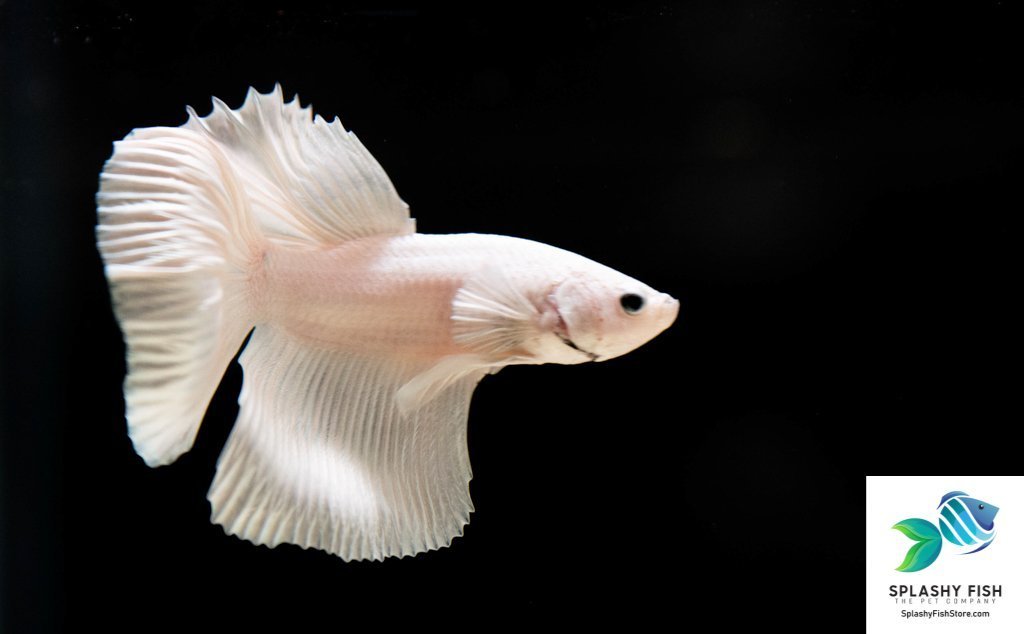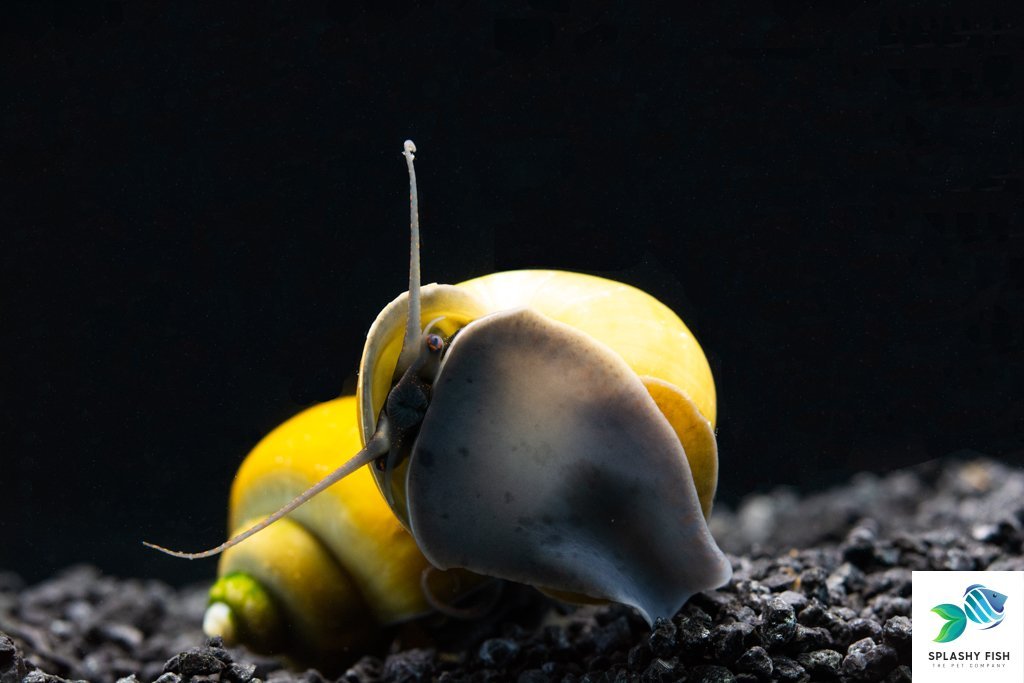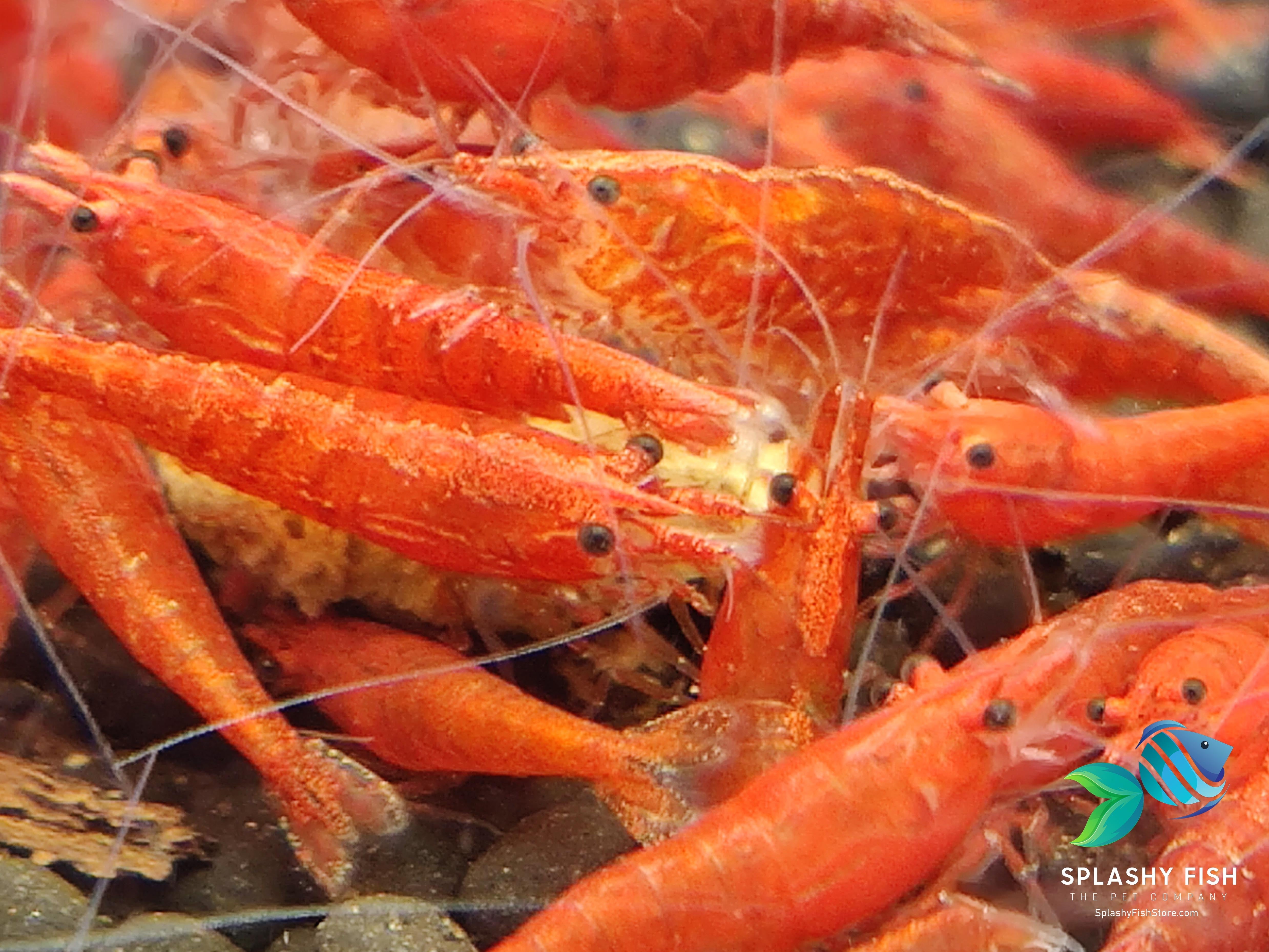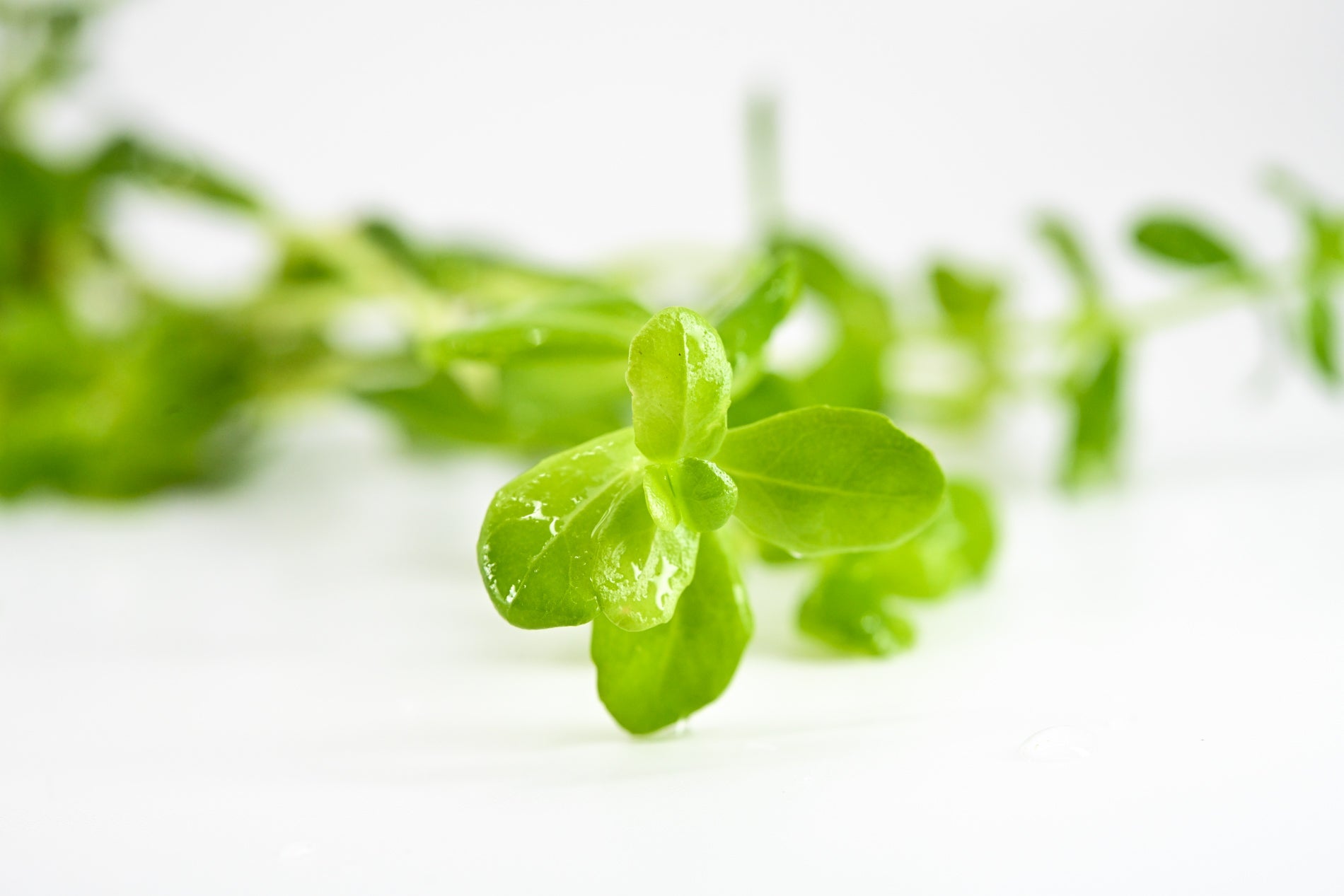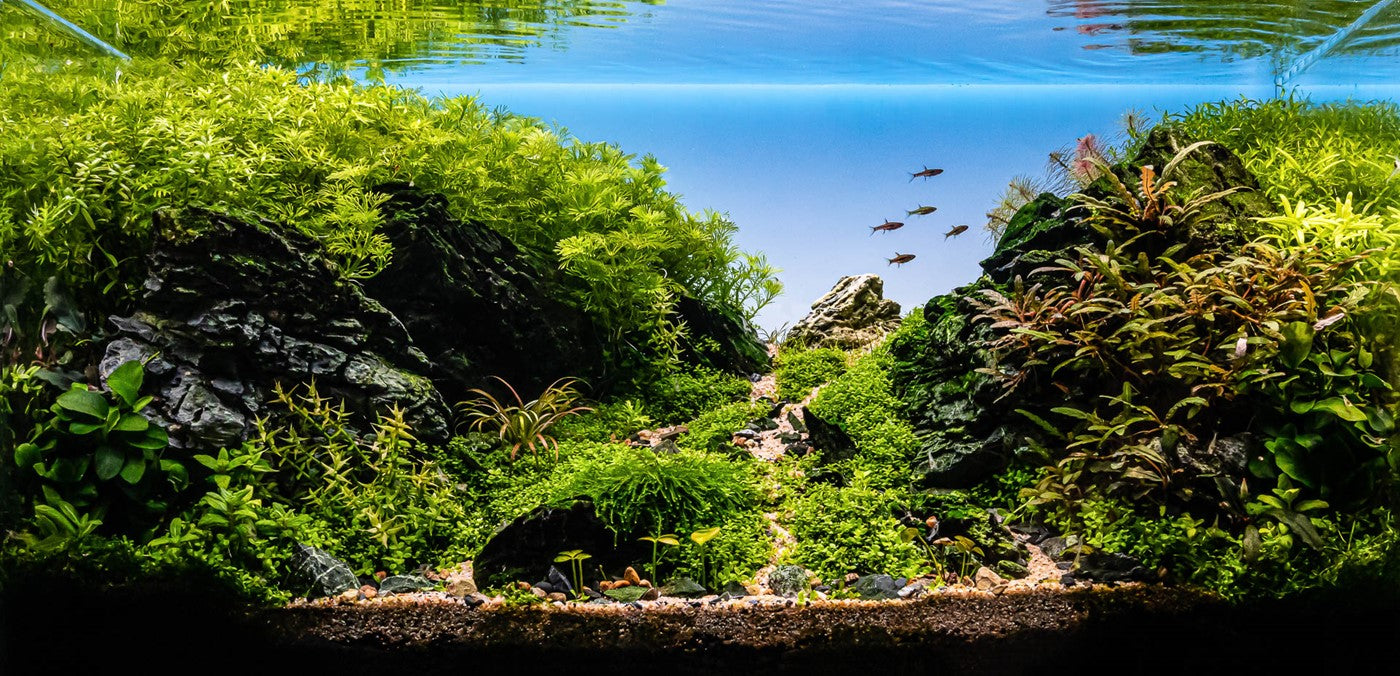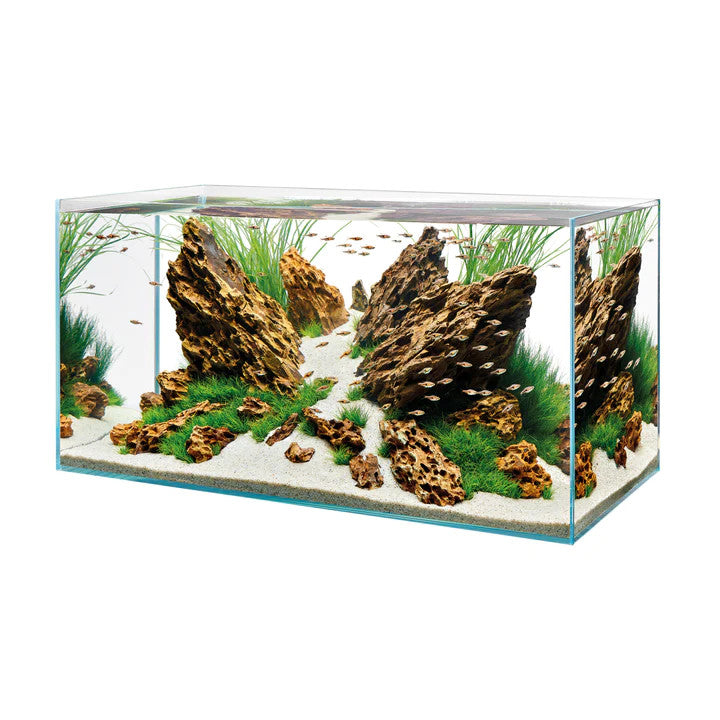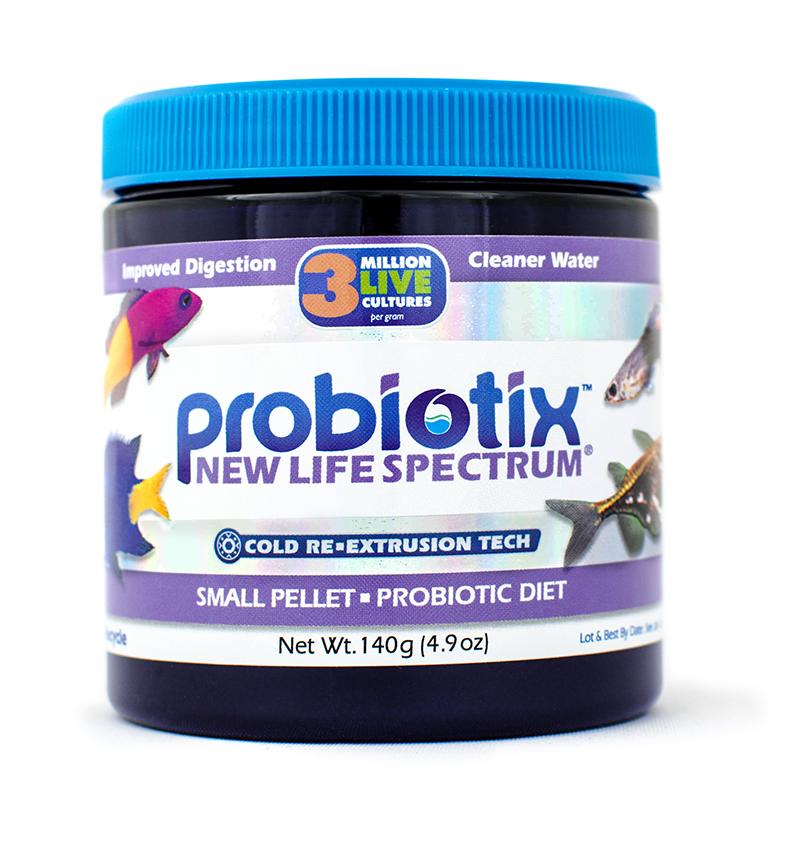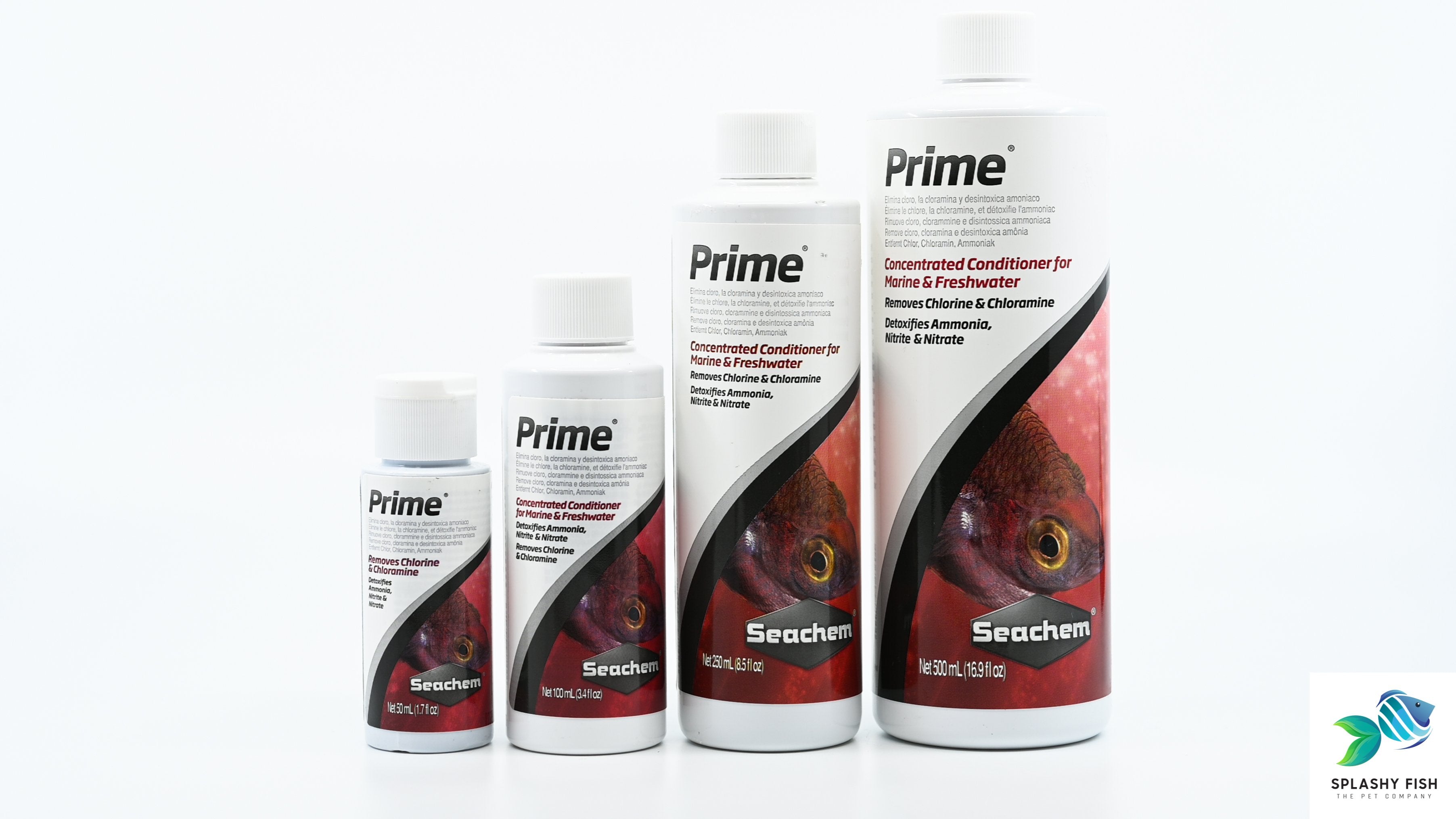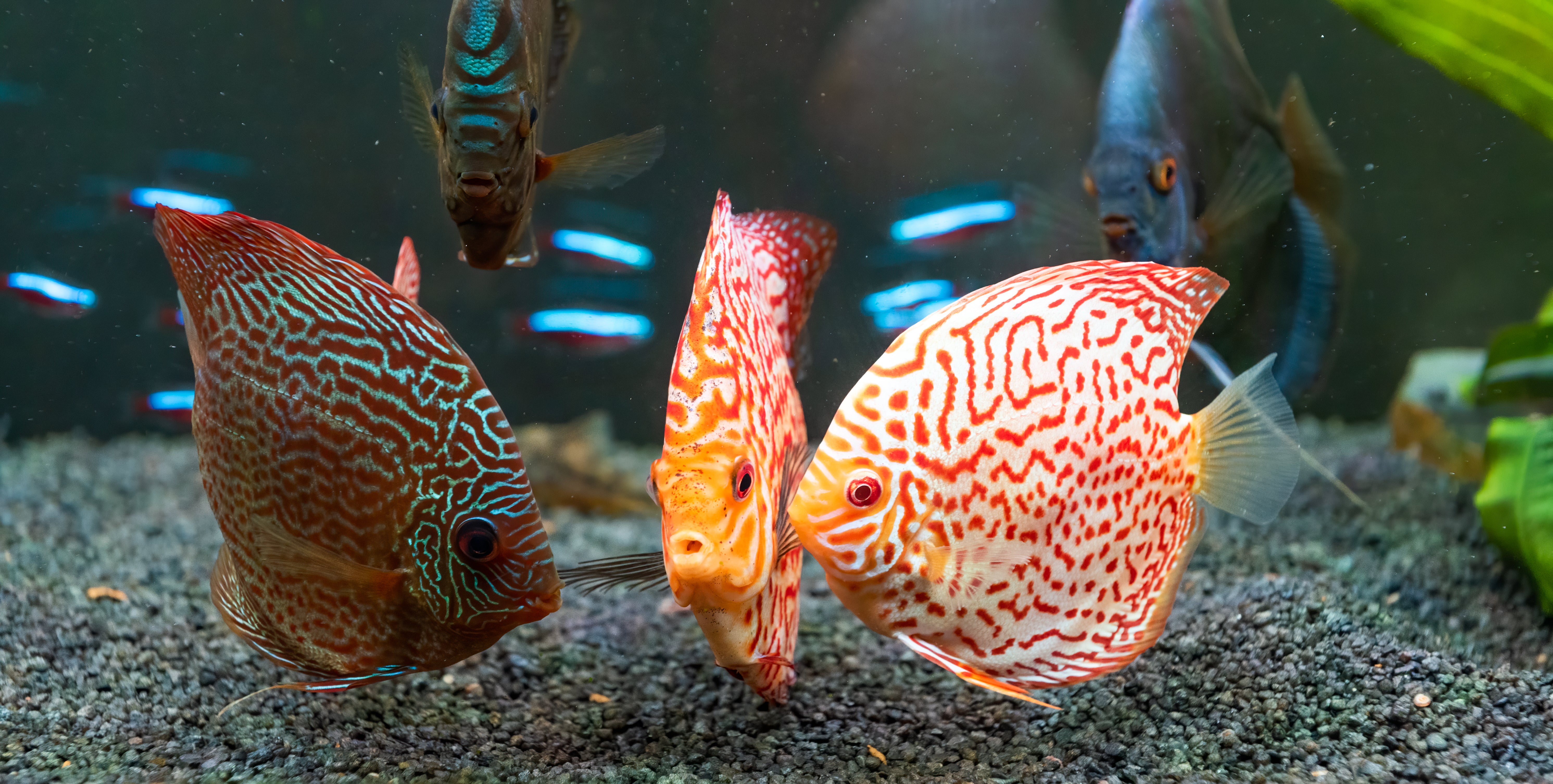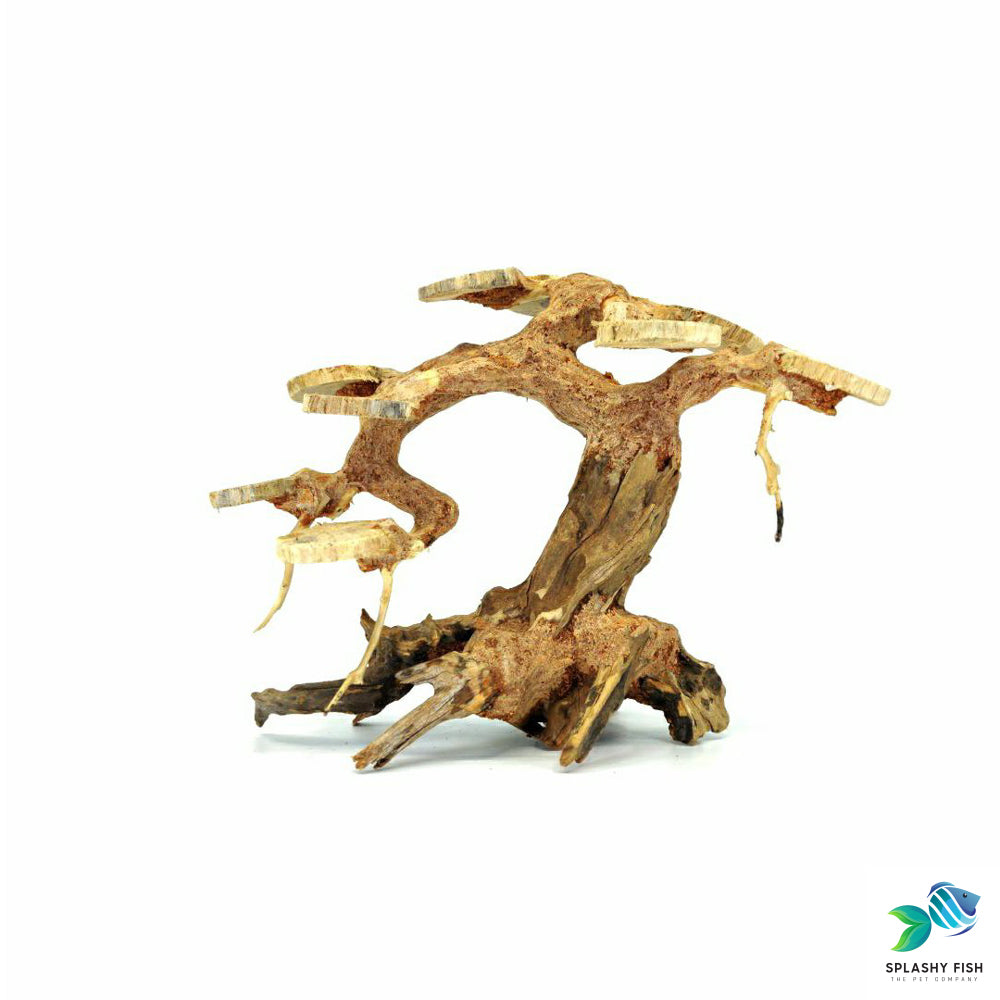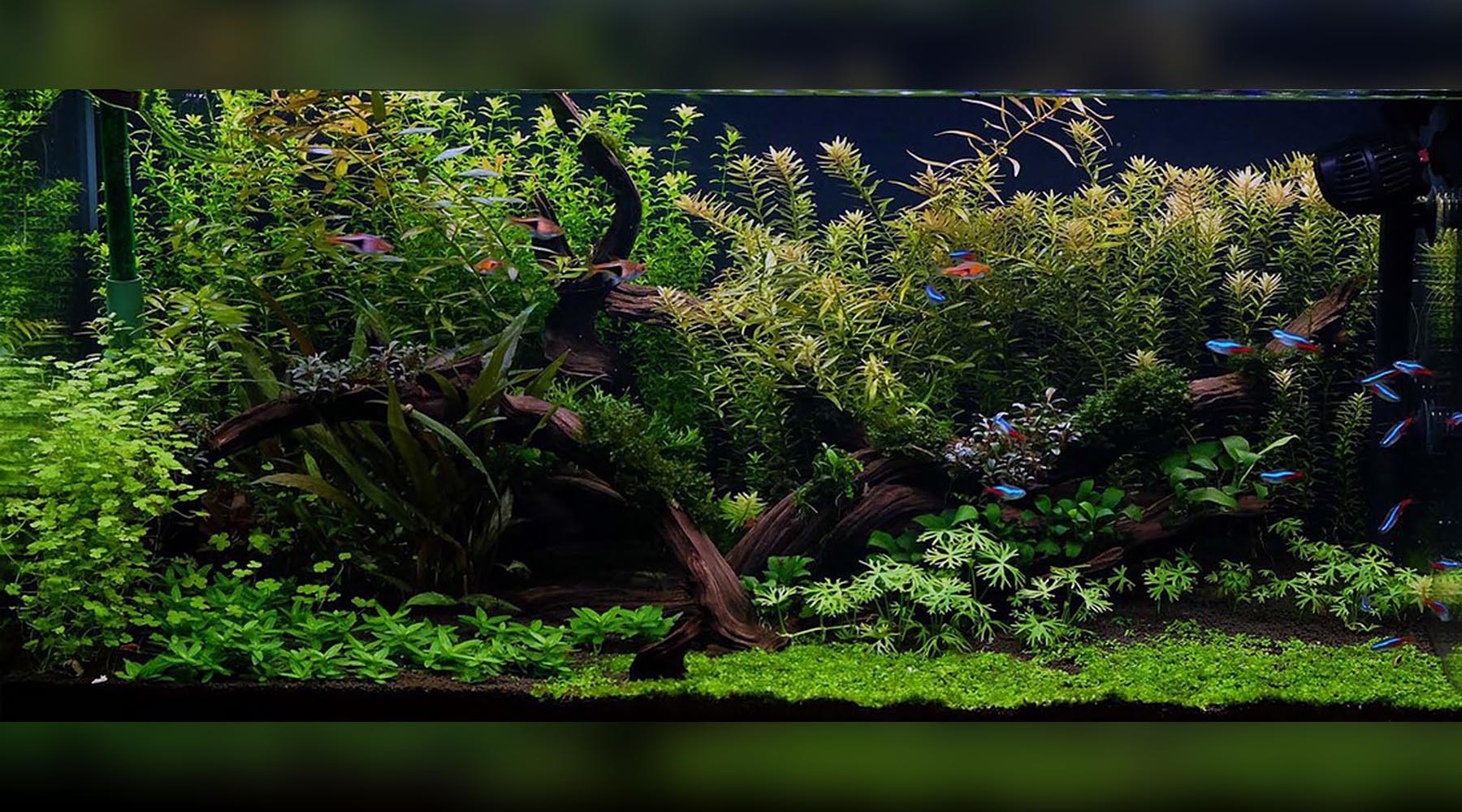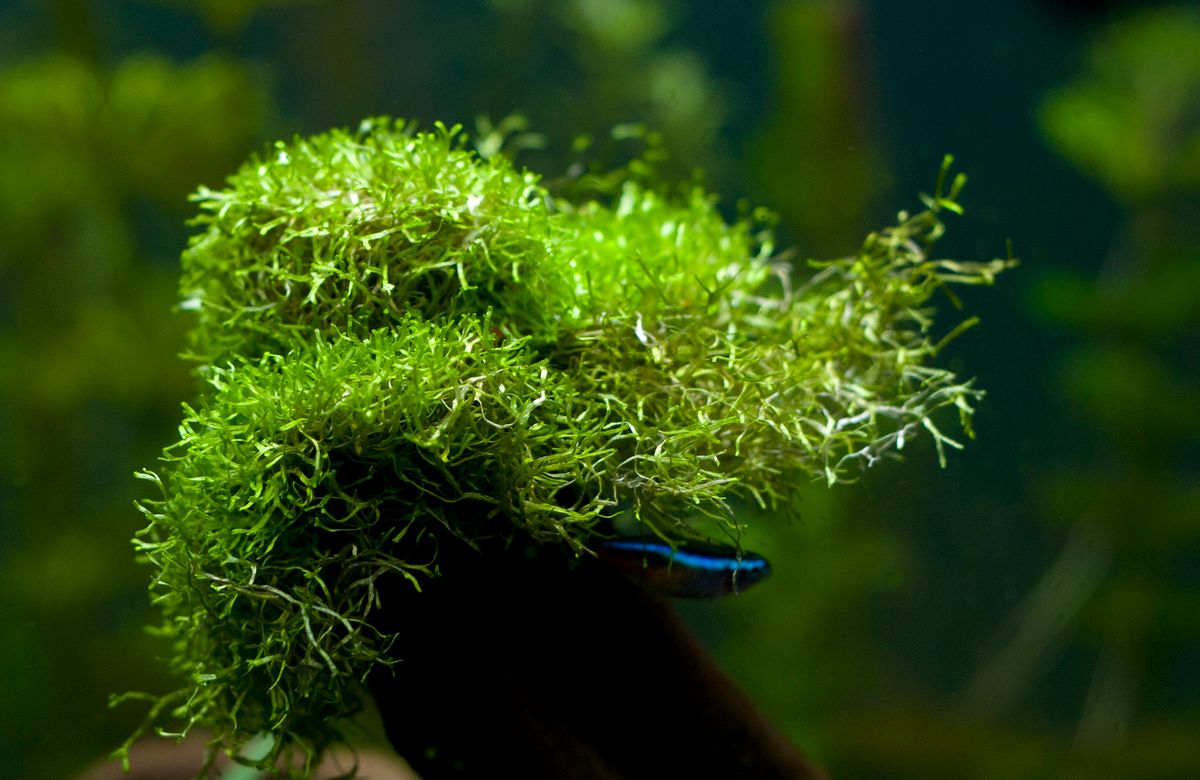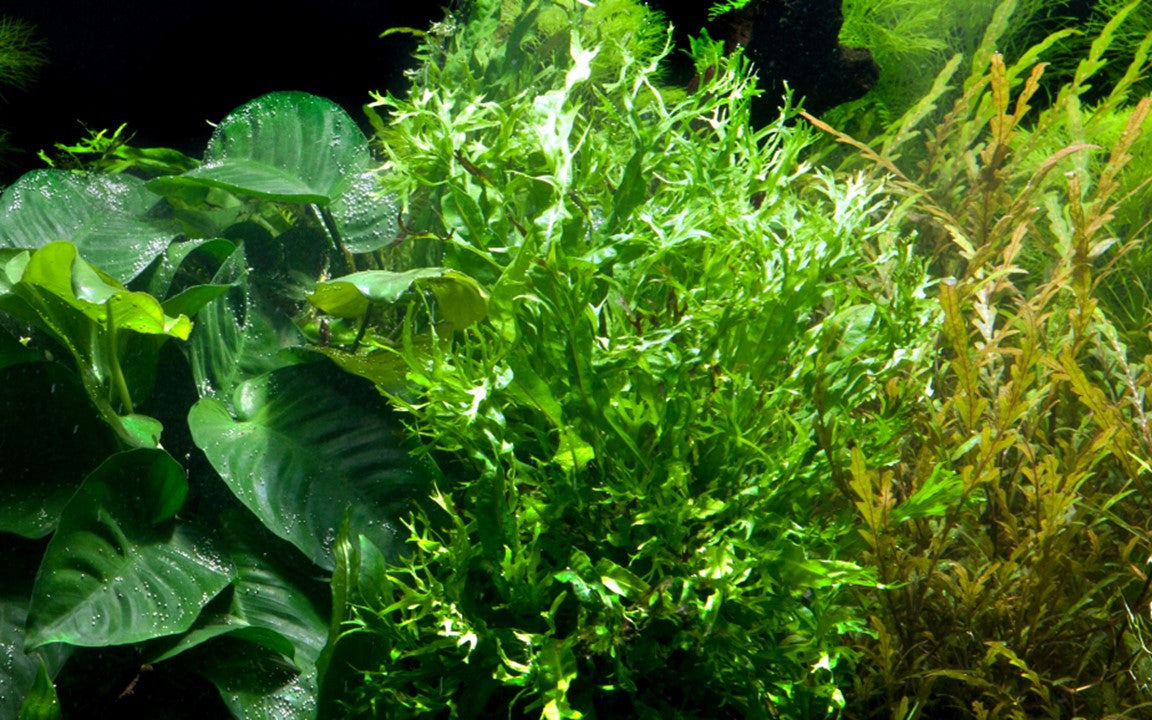CARE GUIDE FOR DWARF ORANGE MEXICAN LOBSTER (Cambarellus Patzcuarensis Orange, CPO)
Interesting facts, useful tips, proper care guide – those are what you may find in this article about small fiery orange cute Dwarf Orange Mexican Lobster, or commonly known as CPO.

(Image of Dwarf Orange Mexican Lobster)
Its name tells a lot about itself, a shrimp in size but appearance resembles a lobster, and native to Mexico. With the scientific name of Cambarellus Patzcuarensis Orange, they are often called CPO crayfish for short. CPO crayfish attract people by its bright orange coloration. If you are looking for something outstanding for your aquarium, you definitely should not skip them.
Fact: CPO crayfish have an armor-like head shape, with some sharp horns acting as a gear not only to protect them from the predators but also to attack and hunt other prey.
CPO crayfish have an average size of 1.2 - 1.6 inches (3 - 4.1 cm) which makes them suitable for a 5-gallon tank if kept alone. However, if you wish to keep them with other fishes, you may consider a tank of at least 10 gallons. In their natural habitat, CPO crayfish live in small rivers and streams, sometimes lakes and ponds as well. These places are known for their shallow, slow-moving water with lush plant life. Hence, when setting up your aquarium for them, you should take such conditions into account. The more similarity it shares, the more comfort and security your CPO crayfish feel. Plenty of freshwater aquarium plants is a must; large rocks, rock piles, and driftwood are highly recommended. These are actually useful to them during the molting period. You also need to monitor the filter to ensure its currents are not too strong for your crayfish (they are accustomed to slow-moving currents).
Fun fact: CPO crayfish are active (except for certain times, e.g., molting when they feel more vulnerable), they do not hide during the day. You often see them around exploring the aquarium or finding food. Some owners say they may even acknowledge your presence!
(Image of Dwarf Orange Mexican Lobster surrounded by decorations)
A crayfish thrives when its environmental habitat meets the appropriate conditions. To achieve that, you may refer to the following.
Temperature: 60° - 75°F (16° - 24°C)
Nitrate: less than 20 ppm
GH: 3-25 dGH
KH: 6 - 12 dKH
pH: 6.0 - 8.0
Warning: Copper is deadly to invertebrates. Do not let copper intrude into your aquarium. Otherwise, your crayfish may die.
Performing water change regularly is also required since it helps maintain the balance and clean your crayfish’s living environment. We encourage 10-25% water change per week; however, the exact frequency depends on other factors like tank size and the number of crayfish.
You may have heard that crayfish in general are aggressive. Fortunately, things seem to be different with Dwarf Orange Mexican Lobster. They are quite peaceful most of the time. CPO crayfish can be friends with other peaceful species such as rasboras, rainbowfish, neon tetra, rummy nose tetra, guppies, swordtail fish, platies, or danios. Yet, they somehow show their nature, chasing and hurting slow-moving fish or ones with long flowing fins or Freshwater shrimp or freshwater snails. Thus, be aware of not keeping them together with your crayfish.
(Image of Dwarf Orange Mexican Lobster together with tank mates)
CPO crayfish are omnivores/ scavengers, they are not picky and can eat the leftovers or almost any kind of fish food. High-quality sinking pellets, live aquatic plants, and freeze-dried or frozen meaty foods are acceptable to them. Feeding them a moderate quantity once every day is sufficient. Because CPO crayfish are crustaceans, you should occasionally add cuttlebones to the aquarium to supplement calcium.
Fun fact: Because they feed on leftovers, they are considered as cleaners of your aquarium.
Many fish keepers are afraid of ICH, a parasite recognizable by the white spots on the fish it inhabits. Luckily, Dwarf Orange Mexican Lobster won’t be affected. On the other hand, Crayfish Plague is a true concern. Crayfish Plague is caused by water mold and is dangerously contagious. It is not a disease that will develop in your aquarium community but appears only if you add new already-infected crayfish. As such, be very careful when you introduce new ones to your aquarium and if can, avoid adding wild crayfish.
Molting: It happens to crustaceans when they grow up and the current shell no longer fixes them. During this time (the young molts 3-4 times a week, once they get older molting happens 1-2 times a year), they are in extreme defenselessness and vulnerable. This means providing them adequate hiding places such as live aquatic plants, rock piles, driftwoods is necessary. You may often see their crystal shells floating around but you don’t need to clean them. CPO crayfish will handle by themselves, i.e., eating, as it supplements them with calcium.
Dwarf Orange Mexican Lobsters are easy to breed as long as you have a male and a female. The process occurs when male pin the female down to deposit sperm into the female. The female then holds onto the sperm until she is ready to lay eggs (normally around 1-4 weeks). When the time comes, she lays 20-60 dark brown-colored eggs and carries them between her back legs (swimmerets) to protect them before they are ready to hatch (approximately 3-4 weeks). The babies quite stick with their mothers after hatching. You also don’t need to worry about their food. The babies will scavenge the floor of the tank for food until they are big enough to eat what the adults eat. If you keep the new-born and their mother together with other fish, make sure you provide them plenty of hiding places as they are extremely vulnerable at this time.
After all, if you maintain a proper care for your crayfish, their lifespan may last from 2-3 years.


